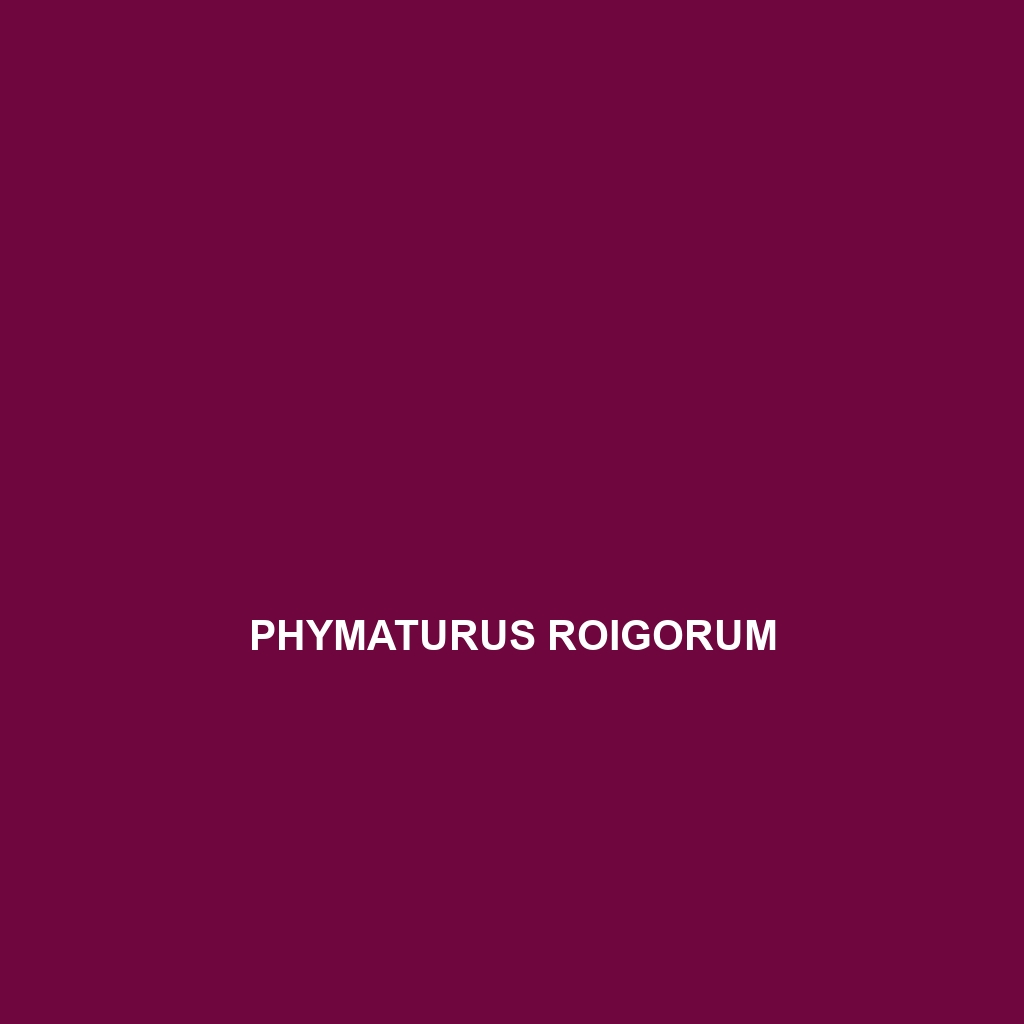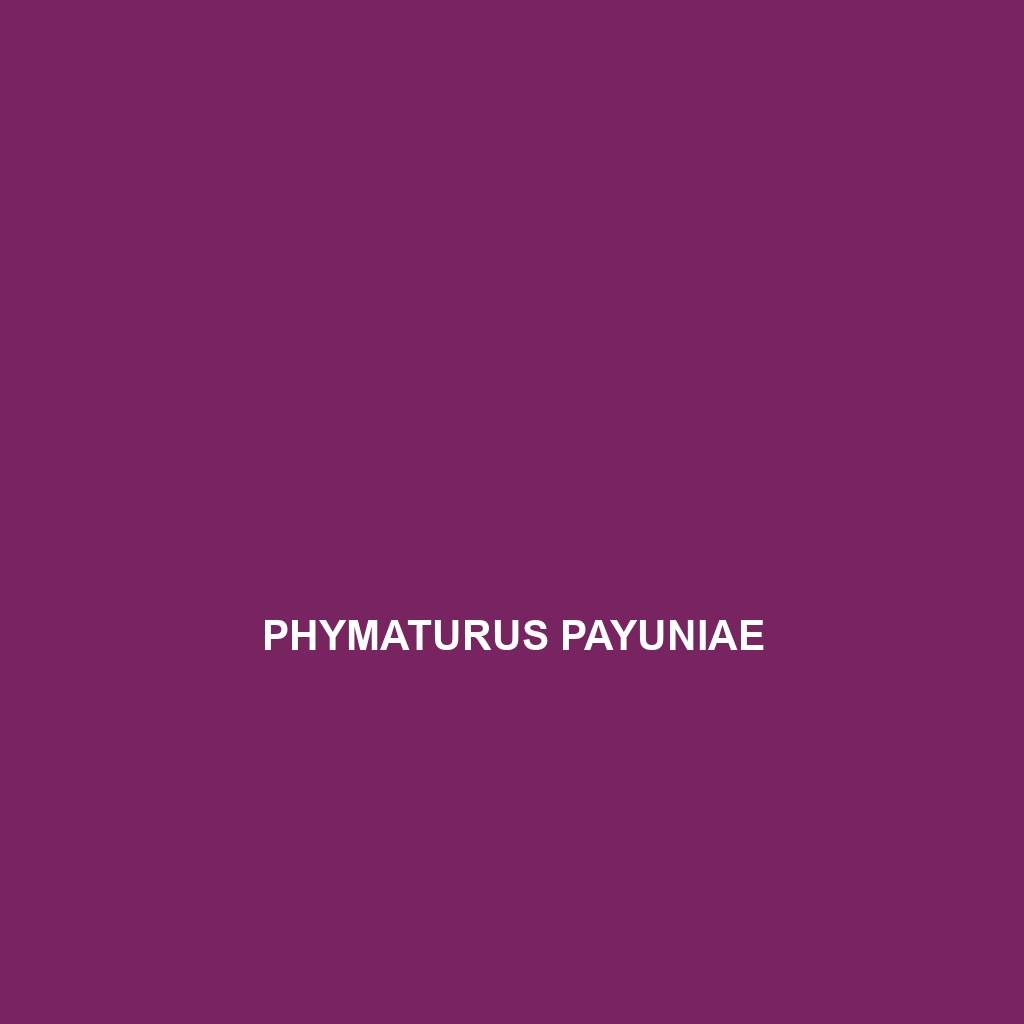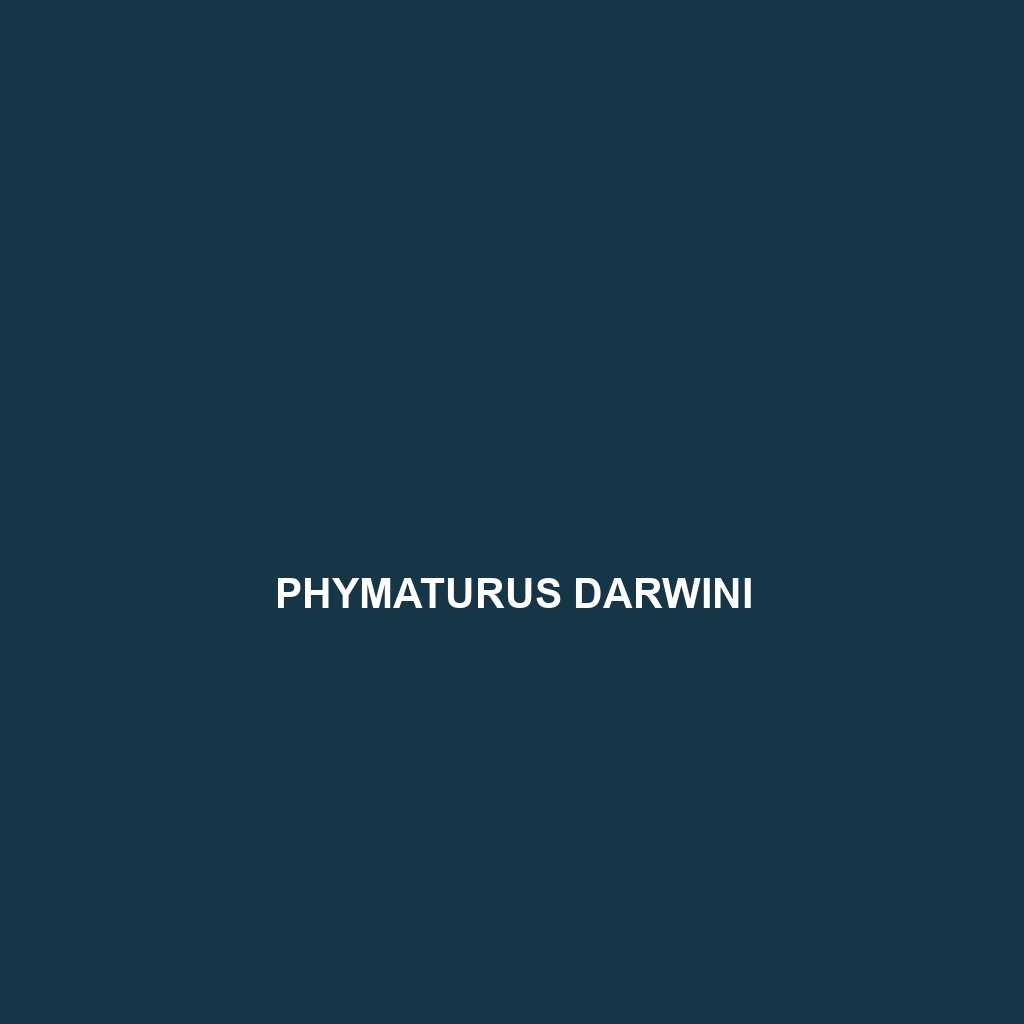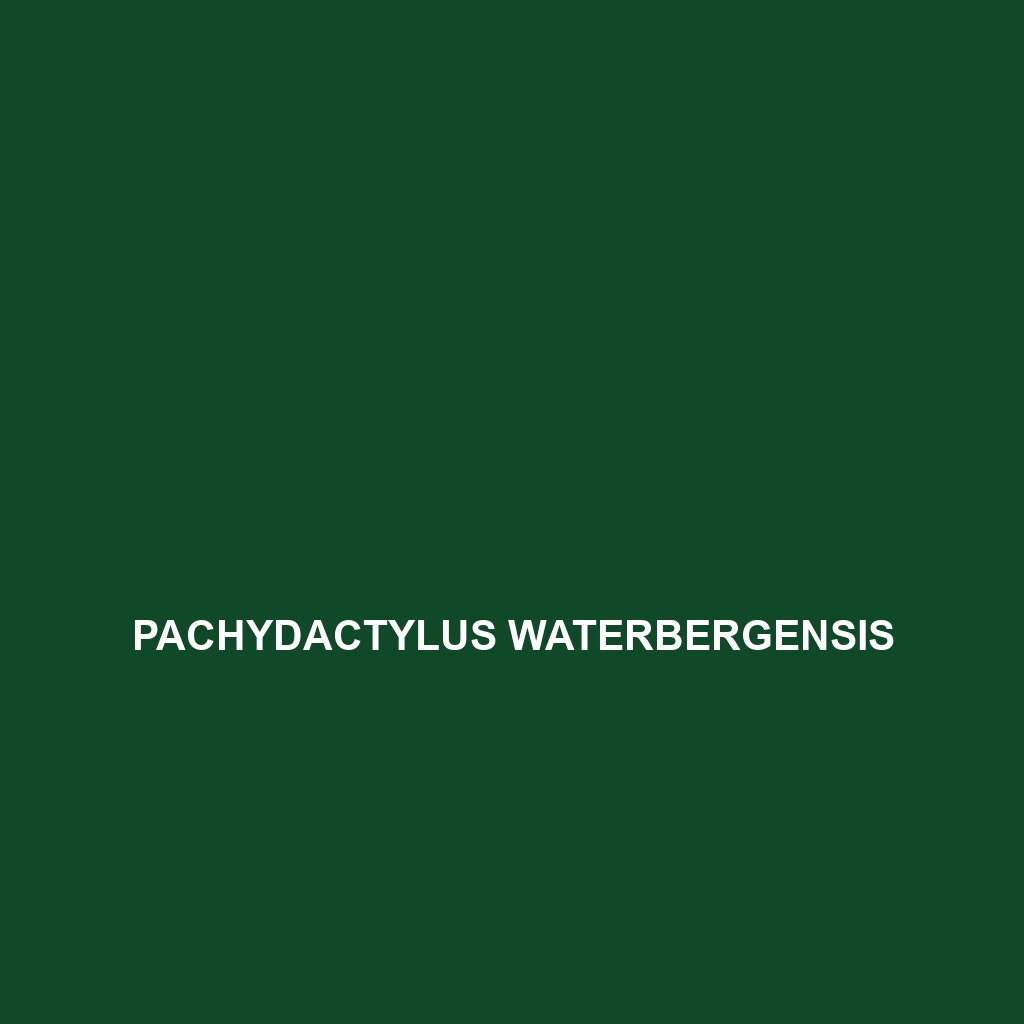Discover the Phymaturus spurcus, or Patagonian lizard, an endangered species native to the dry regions of Patagonia, Argentina. This small, cryptic insectivore thrives in rocky terrains and varied habitats, playing a crucial role in controlling insect populations and maintaining ecosystem balance.
Tag: rocky outcrops
Phymaturus roigorum
<p><b>Phymaturus roigorum</b>, a vulnerable lizard species from Argentina's montane ecosystems, measures 15-25 cm with a stout body and distinct coloration. Primarily insectivorous and diurnal, it utilizes rocky crevices for shelter and exhibits unique courtship behaviors during its reproductive cycle.</p>
Phymaturus robustus
Discover the <b>Phymaturus robustus</b>, a unique lizard native to Argentina's temperate forests and grasslands, known for its robust body, distinctive camouflage, and insectivorous diet. This elusive reptile thrives in rocky outcrops and showcases fascinating behaviors, making it a vital part of its ecosystem.
Phymaturus payuniae
<b>Phymaturus payuniae</b> is a vulnerable lizard species found in the rocky, volcanic landscapes of Argentina's Payunia region, measuring 15 to 20 cm with a robust body and distinctive coloration. It plays a crucial role in its ecosystem by regulating insect populations and serving as prey for larger animals while exhibiting complex social behaviors and a live-bearing reproduction strategy.
Phymaturus darwini
<p><b>Phymaturus darwini</b>, also known as Darwin's phymaturus, is a vibrant lizard endemic to the temperate forests and grasslands of Argentina, characterized by strong limbs, distinctive coloration, and unique diurnal behaviors. Classified as vulnerable, this insectivore plays a crucial role in maintaining ecological balance while exhibiting fascinating breeding and territorial displays.</p>
Phymaturus calcogaster
Discover the calcareous lizard, Phymaturus calcogaster, a stocky insectivore native to the temperate forests and scrublands of southwestern Argentina, known for its adaptable nature, unique coloration, and role in maintaining ecological balance as both predator and prey. This vulnerable species thrives in rugged terrains, showcasing fascinating behavioral traits and intriguing reproductive cycles.
Phymaturus cacivioi
Discover the unique Phymaturus cacivioi, a fascinating lizard native to Argentina's Patagonian region, characterized by its robust body, distinctive dark band pattern, and primarily insectivorous diet. This vulnerable species thrives in rocky outcrops, playing a crucial role in maintaining ecological balance as both predator and prey in its habitat.
Phyllodactylus johnwrighti
<b>Phyllodactylus johnwrighti</b>, known as John Wright's phyllodactylus, is a nocturnal insectivore found in tropical dry forests and savannas of South America, characterized by its flattened body, adhesive toe pads, and ability to regenerate its tail. This adaptable lizard plays a vital role in controlling insect populations and maintaining ecosystem balance.
Pachydactylus waterbergensis
<p>The <b>Pachydactylus waterbergensis</b>, or Waterberg thick-toed gecko, is a medium-sized, nocturnal species native to the rocky outcrops of the Waterberg Plateau in Namibia. Renowned for its thickened toes and unique coloration, this gecko thrives in semi-arid climates, primarily feeding on insects and playing a crucial role in its ecosystem.</p>
Pachydactylus rugosus
<p><b>Pachydactylus rugosus</b>, known as the rough-toed gecko, thrives in semi-arid regions of southern Africa, showcasing distinctive physical traits like robust bodies and enlarged toe pads. This insectivorous, nocturnal species plays a vital role in its ecosystem by controlling insect populations and serving as prey for larger animals.</p>









